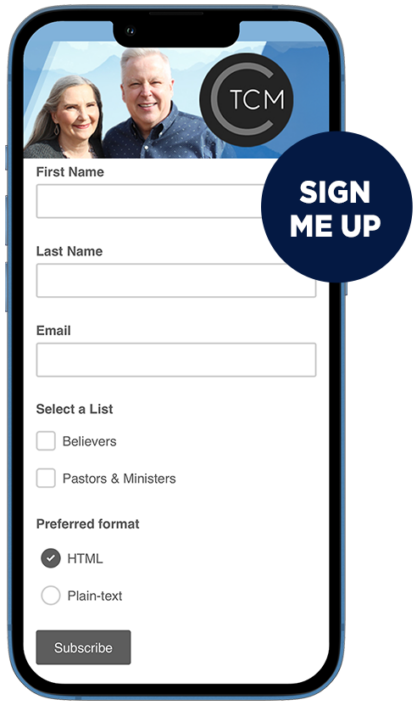Multi-purpose facilities By Rachael D. Rowland
Multi-Purpose Facilities By Rachael D. Rowland
Rachael D. Rowland, M.P.A. serves as marketing director for Daniels & Daniels Construction. Located in Tulsa Oklahoma, Daniels & Daniels is a church building company serving pastors nationwide. Like the rest of the staff at Daniels & Daniels, Rachael believes she is called to serve churches through construction! She can be contacted at (918)496-8805 or [email protected]. Also, you can visit the web-site of Daniels & Daniels at www.churchesbydaniels.com. This article first appeared in Church Business magazine.

In the early days, when town settlers would start a new community in America, one of the first buildings they would build was the church. They would first establish the location of the town square, which would serve as the hub for all town functions and then they would build the church in close proximity to this area. The church building would be at the center of the community and would stand as a beacon for those near and far traveling to that town. It was often used for several other functions including the town school.
It seems that today that trend continues. We are seeing more and more churches that are creating their own community within the local community. Churches are now offering so much more than just spiritual guidance, rather a place for families to grow in all areas of their life. Many churches offer athletic events for kids and adults, education, day care, fellowship opportunities, food service, and the list goes on and on!
As churches continue to reach out to the community, they are realizing the value for spaces that can be used for many different activities and functions. Many of today’s growing churches are leading the trend in multi-purpose facilities.
When meeting with today’s pastors, one issue that resounds is the need for space to accommodate their ministries. Typically it is an economic issue related to how much money is available to build. This has caused many churches to build facilities that are versatile and can be used for many different types of ministries.
A lot of churches have found the answer to their space problem by building a multi-purpose facility. Three churches in different areas of the country are benefiting from their multi-purpose facility. Each found different ways to reach their community by having a space with flexibility.
Community Outreach
The first church that incorporated a multi-purpose facility into their plan is Victory Christian Center located in Tulsa, Oklahoma, which also houses a Christian school. Their first building served both the church and the school. From classrooms to the large activity center, everything was designed to be used both for church and school.
The multi-purpose facility allowed them to open the door to the community through many events held in the facility such as sporting events, school programs, day care, and even summer day camps. They were able to attract people from all walks of life, that might not ever step foot into a church, however, they would go to athletic events, a child’s school play, craft fairs, or even a children’s harvest carnival.
This is a great example of a church getting the most out of their building. Where some buildings are only used on certain days of the week, this building is used everyday for all kinds of events. The cafeteria/gymnasium is used everyday during the school year for lunch and for the schools sports teams. They are also able to use it for fellowships when needed and they cover the floors in order to hold services there during the week as well. During the summers they open the gymnasium to local high schools for a summer basketball league, and they also have several sports camps on site.
Through opening their doors to the local community they have become one of the largest churches in their area.
Education Space
Bethel Temple Assembly of God located in Hampton Virginia also found a multi-purpose facility to be the right fit for their ministry when they were looking to add education space and a place for church fellowship. They already had a sanctuary and offices; however their Bible college had run out of room in the existing building. This led them to decide that a multi-purpose facility was the answer for them. They built an education building that houses a banquet room, coffee shop, library, classrooms, offices, and an auditorium that seats approximately 800.
It is approximately half the size of their existing sanctuary and is used for smaller meetings, sanctuary overflow, and even concerts. Since completing this facility earlier this year they have seen an immediate increase in their membership along with a sizable increase in their weekly salvations. Their desire is for this facility to be a beacon to their community as the church was in early American settlements.
Gymnasium
The third and final example on multi-purpose facilities was a church that had several buildings on their campus and was located in the mid-west. They had administrative buildings, classroom buildings, and a sanctuary building, however they did not have a space that incorporated many of the community activities that they desired to offer to their congregation. Their answer to this dilemma was to build a gymnasium of sorts.
This gymnasium offered a concession area, which made it perfect to also convert it into banquet or fellowship space when needed. It also has basketball courts, volleyball courts, weight room, locker rooms, indoor track, and some offices. This building is open to church members to use free of charge for their fitness needs. It has also allowed the church to offer intramurals, and allow for the kids to be able to have sports teams that compete in local area leagues. After the completion of this project several years ago they began to outgrow their sanctuary and were able to use this facility as their church for two years while their new church auditorium was being built. Over the years it has been a valuable asset to the church in creating the sense of community in their congregation!
Multi-Purpose Facilities
Although each of these churches have different ministries, different needs, and are all different sizes; they each found solutions to their space needs through a multi-purpose facility. The major benefits of multi-purpose facilities are their flexibility, and the amount of use that a church is able to get out of them. They are not facilities that are going to be dormant five out of the seven days of the week. Rather, they are buildings that enable a church to use every square foot of space towards accomplishing their ministry goals.
So whether a pastor is looking to reach out to their community, be a beacon for all the community to see, or create a sense of community with their members…they should consider a multi-purpose facility to meet their space needs for ministry!
This article is designed to provide accurate and authoritative information in regard to the subject matter covered. It is shared with the understanding that neither the author nor Tony Cooke Ministries is engaged in rendering legal, accounting, psychological, medical or other professional services. Laws and regulations are continually changing, and can vary according to location and time. No representation is made that the information herein is applicable for all locations and times. If legal advice or other expert assistance is required, the services of a competent professional person should be sought.
© Tony Cooke Ministries, Inc. All Rights Reserved

